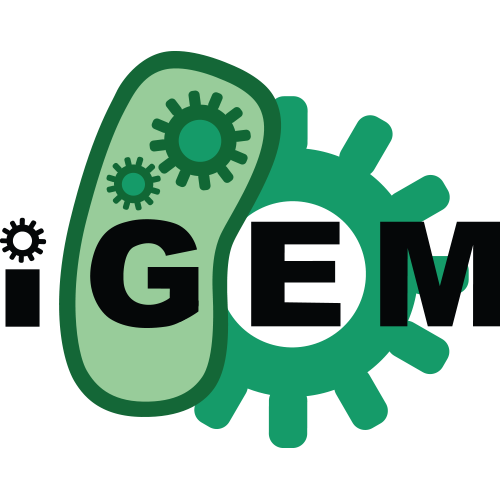Source:
Generated By: https://synbiohub.org/public/igem/igem2sbol/1
Created by: NRP-UEA-Norwich
Date created: 2012-09-25 11:00:00
Date modified: 2015-05-08 01:13:15
Multiplicative Circuit Modulator
| Types | DnaRegion |
| Roles | promoter Regulatory |
| Sequences | BBa_K774201_sequence (Version 1) |
Description
this part when transcribed will modulate the degree of transcriptional attenuation of part (the three loop system)There are four central mathematical operations: division, multiplication, addition and subtraction; the ability to do each in a cell unleashes massive potential for future applications. A multiplier effect can be produced by using a 'three looped system' that naturally causes attenuation in the tryptophan operon. The tryptophan operon regulation works because it is found in bacterial systems, therefore meaning that transcription and translation occur simultaneously. The leader region (the section of RNA at the start of the mRNA that is not translated but has an effect on translation rate) contains 4 sites which have partial complementation. Region 1 has complementation to region 2, region 2 to 3 and region 3 to 4. When bonding occurs a central strand cannot bind to two strands simultaneously. This is seen in figure 1, where when binding between region 2 and 3 forms, a bond between region 3 and 4 does not form. Bond formation between region 3 and 4 causes transcription termination; it causes RNA polymerase to drop off. The hybridisation of region 2 and 3 prevents binding of 3 and 4. The reason for these different loops forming is due to the presence of rare tryptophan codons in region 1. In the absence of tryptophan, the tryptophan codons have nothing bound to them and the ribosome stalls at the site. Due to stalling of the ribosome, and continuation of transcription, a distance builds up which allows the formation of the 2:3 loop. In the presence of tryptophan, translation occurs until the stop codon is reached and only the 3:4 loop forms. 1:2 and 3:4 loops can form when no translation occurs (Platt, 1986). The reason for the 3:4 loop causing termination and the 2:3 loop not is that there is a difference in the stem and loop pattern. The removal of the ribosome binding site upstream means that the formation of the stem and loops are no longer dependent on the ribosome. Instead, the team designed a theoretical synthetic gene that would produce a mRNA strand that would complementarily bind to site 1 causing the 2:3 loop to form and thus allowing transcription to occur to the termination codon. The probability of this happening is dependent on the concentration of the complimentary RNAs but also on the transcription initiation rate of the promoter. This creates a multiplier effect where the rate of transcription initiation in the promoter is multiplied by a number between 0 and 1.
